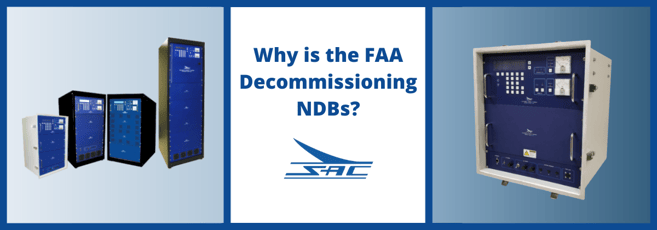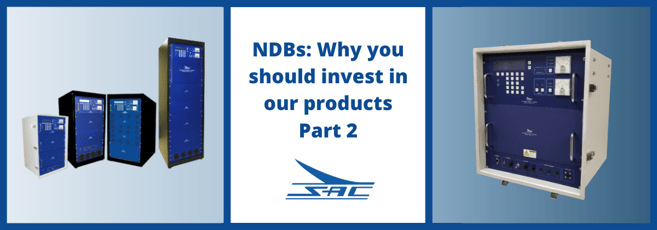Why is the FAA Decommissioning NDBs?
The FAA is phasing out not only NDB and also DME, VOR, ILS, and all other ground-based navaids. The...
He owned and operated an FAA-approved Avionics & Power plant repair shop and had been approached by a Petroleum Helicopters pilot who said there was a big need for navigation to and from the rigs that were starting to be installed in the Gulf of Mexico. He and some engineers came up with a solution that is still in use today.
The majority of platforms in operation use SAC NDB’s in 24/7 unattended operation. SAC is the industry standard to fill vital services such as routine transfer of personnel to and from shore, as well as function as locators to expedite arrival of Med-Evac helicopters in case of medical emergency
NDBs are still widely used as instrument approaches or locator beacons on land and offshore applications at facilities around the world.
NDBs continue to be the most economical form of navigation aid. While every aircraft is being advanced with the latest technology, manufacturers are still including an Automatic Direction Finder.
As more costly navigation aids are being dismantled the NDB still proves to be a cost-effective method of navigation whether for triangulation or simply serving as a marker beacon. Many countries are seeing as they move to GPS approaches they still need a reliable yet cost-effective standby navigation aid, and that aid is proving to be the NDB.

The FAA is phasing out not only NDB and also DME, VOR, ILS, and all other ground-based navaids. The...

Welcome back to Part 2 of this blog on why you should invest in SAC's NDBs and related equipment.
Leave a Comment